Union Pacific was one of the few railroads with the wherewithal to buy new power during the Great Depression, so it came as no surprise when, together with Alco, the railroad set about designing a new fast freight steam engine.
Alco took the lead in the design effort. Well aware of the instability problems of Baltimore & Ohio’s 2-6-6-2s, Alco elected to employ a four-wheel engine truck – creating essentially a 4-12-2 split in half.
The key element in addressing the instability problem was to move the boiler forward in order to shift more weight onto the front engine. This meant that the firebox could not be placed behind the rear set of driving wheels, as with a 2-6-6-4. Instead, the firebox was supported both by the rear pair of drivers and the trailing truck, resulting in a long and shallow design.
Hence, the new locomotive would be a 4-6-6-4.
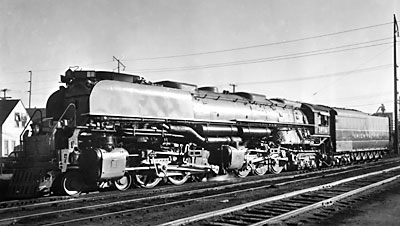
NP’s transcontinental route to the Pacific Northwest was longer than that of its rival, the Great Northern, and had more grades as well. Like UP, Northern Pacific needed fast, modern engines to stay competitive, and for the same reasons as UP, worked with Alco to design a 4-6-6-4 that could meet its needs. The railroad took delivery of twelve 4-6-6-4s from Alco in 1936.
Northern Pacific’s Challengers were bigger than Union Pacific’s. The NP burned low-quality lineside coal with only two-thirds the heat value of good bituminous coal. Therefore, its 4-6-6-4s had enormous fireboxes with a grate area of 152 square feet.
NP put its Challengers to work in the wide-open spaces and mountain grades of Montana and North Dakota where they quickly made a name for themselves. They hauled mostly freight, although in the late 1930s, Challengers were used to power the railroad’s crack passenger train, the North Coast Limited, between Missoula and Livingston, Mont.
The Northern Pacific went on to order 35 more 4-6-6-4s in three different classes-the last steam engines bought by the railroad. Subsidiary Spokane, Portland & Seattle also received eight oil-burning versions of the NP Challengers.
Alco promoted its 4-6-6-4 to other railroads. The Western Pacific bought seven coal-burning engines in 1938 for use in the desert between Salt Lake City, Utah, and Elko, Nev.
The Delaware & Hudson took delivery of 40 engines from 1940 to 1946. With coal traffic declining, D&H needed fast locomotives to expand its role as a bridge carrier linking Canada and New England with the eastern United States. The Challengers hauled trains over Richmondville Hill and Belden Hill from Mechanicville to Binghamton, N.Y., and over Ararat Summit to Wilkes-Barre, Pa.
The Clinchfield purchased fourteen engines in 1942 and 1943 to haul coal and manifest freight through the Appalachian Mountains in Tennessee and North Carolina.
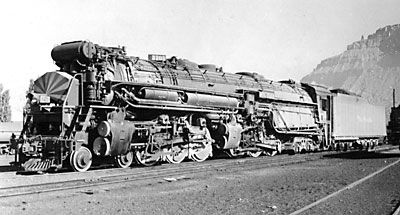
The final Challengers were four built for the Clinchfield in 1947. By this time a total of 252 had been delivered.
Two Union Pacific 4-6-6-4s were saved and one, No. 3985, operates today in excursion service as part of Union Pacific’s steam program.





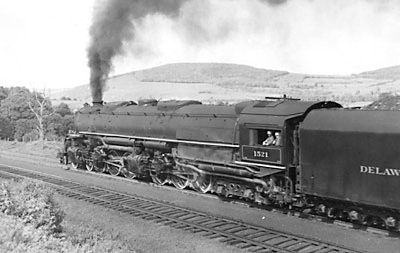

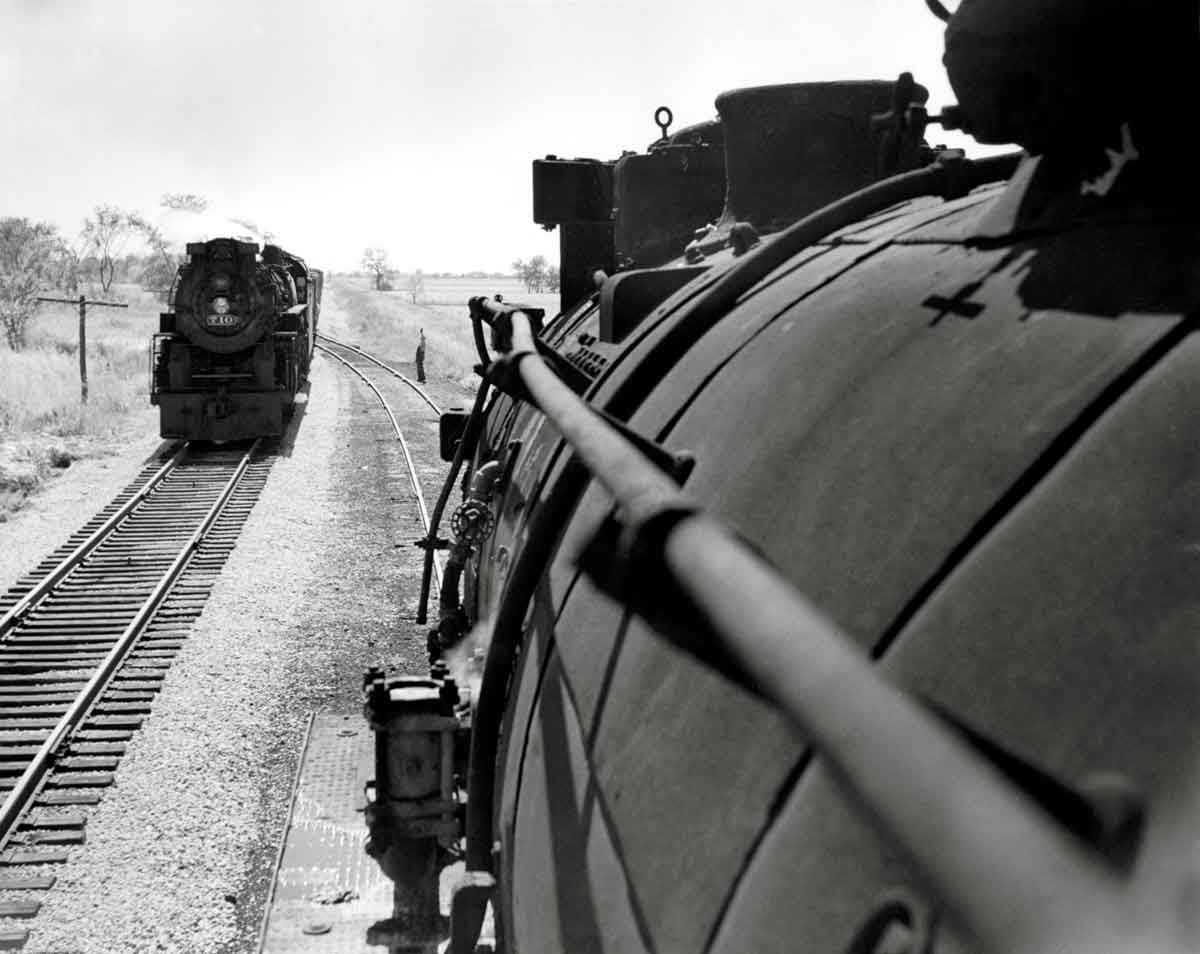
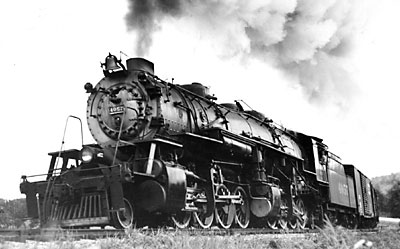
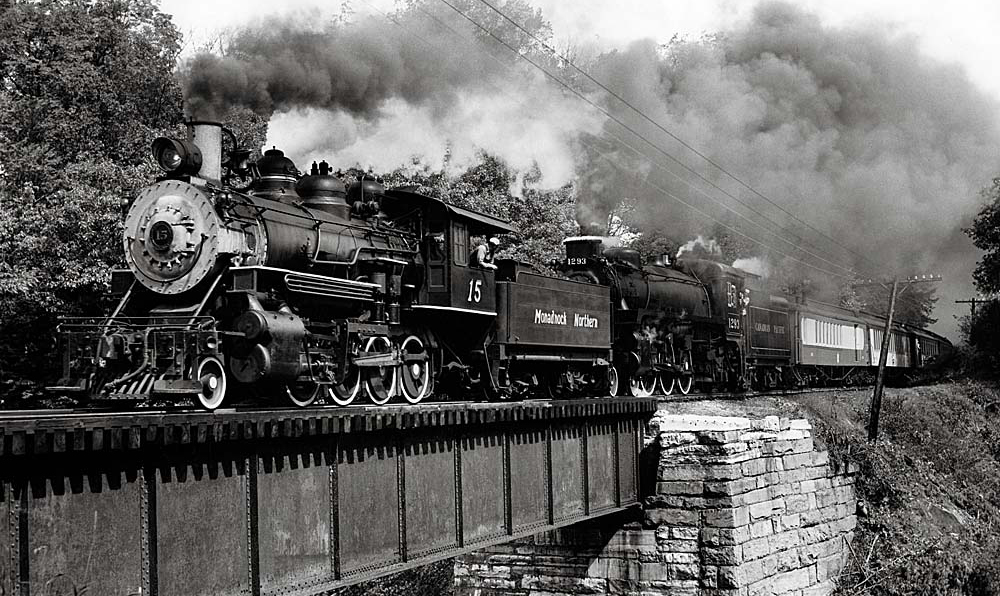
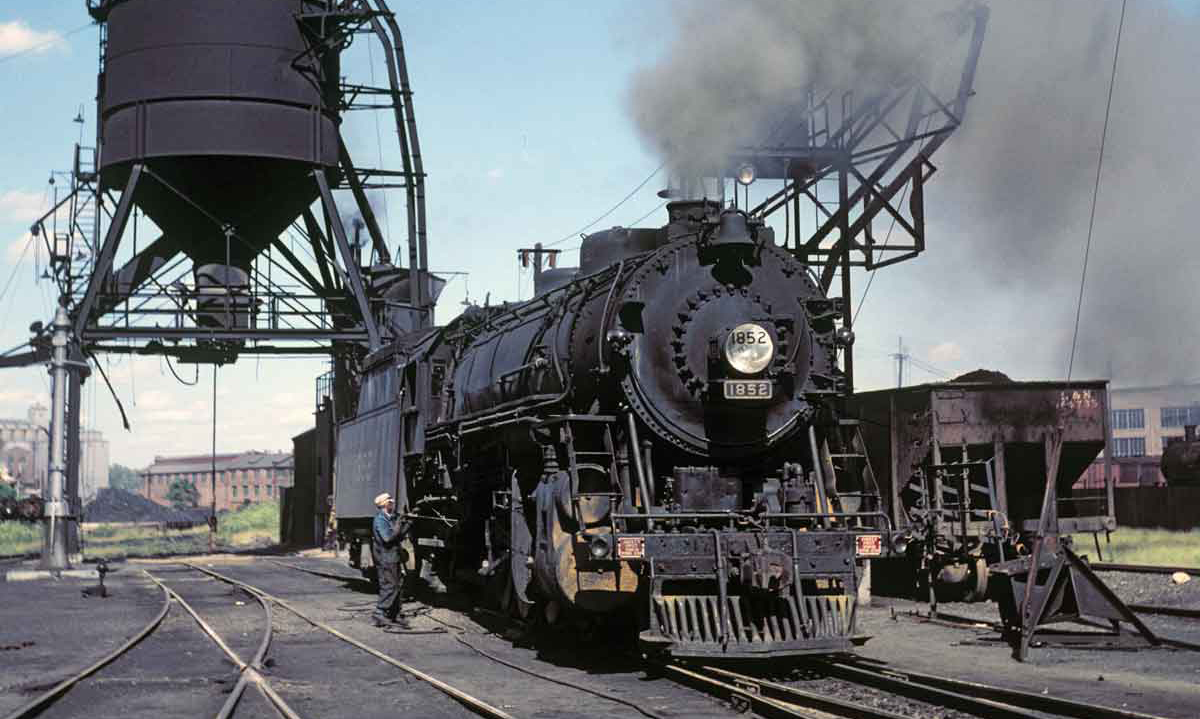




The 3985 Challenger was donated to the Railroading Heritage of Midwest America (RRHMA) and is no longer part of the Union Pacific’s steam Program. RRHMA plans to restore the 3985 to operating condition.